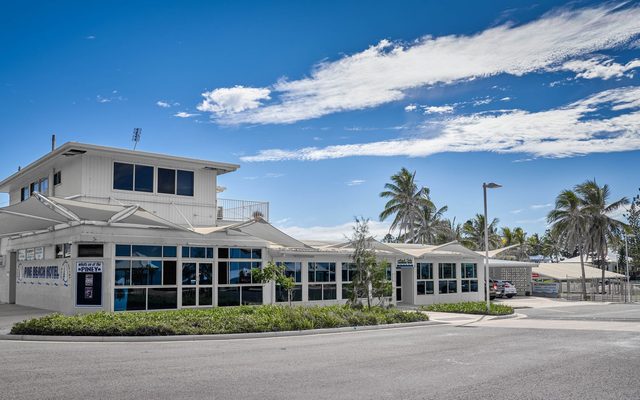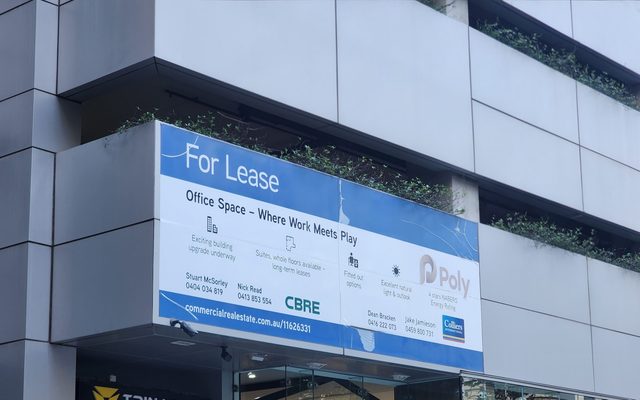This article is from the Australian Property Journal archive
AUSTRALIA’S housing crisis is still dishing up a “really tough” rental market, and while rent growth may be slowing, the prolonged high interest rate environment will still be a major roadblock to new supply being delivered and cooling the market.
The latest PropTrack Rental Report June showed national rents remained unchanged over the June quarter, at $600 per week, but renters have been slugged with a 9.1% increase – worth $50 – over FY24.
The number of new rental listings on major portal realestate.com.au was 4.7% lower than a year earlier, and at its lowest level for the month of June since 2010. Total rental listings increased by 10.7% over the quarter, but stock was 4.4% lower year-on-year.
The national rental vacancy rate eased slightly from 1.1% in the march quarter but remained at a very tight 1.4%.
Cameron Kusher, PropTrack’s director economic research, told Australian Property Journal that the numbers show “a really tough rental market”.
“Rents are still up a lot over the past year, and the supply of stock available for rent is still extremely low. So if anyone looking to rent a property, there’s not a lot of choice, and it’s expensive to rent.
“Unfortunately, it doesn’t look like that’s just such a change anytime soon.”
Over the year to June, capital city rent growth was 10.3%, outpacing that of regional markets at 8%, with weekly rents costing $640 across the combined capitals and $540 in the regions.
Kusher said that there was a similar slowdown in rental growth in the June quarter last year before it picked up again in the second half. This year could see the same pattern, although rental growth overall on an annual basis is likely to slow.
“The main reason is just how expensive renting is becoming. It’s $600 a week. I think that increasingly, people just don’t have the capacity to pay that much more than that.
“Obviously, the cost of living is up. Interest rates are up. And wages, whilst they have picked up, rental growth has far outstripped wage growth. The capacity is going to become more of a problem.
“In saying that, I still expect rents to rise, and I still expect them to rise faster than wages or inflation.”
Kusher said supply levels remain “extremely” low.
“Really, what you need to see is a lot more new rental stock coming to the market, which we’re just not getting.
“I would expect we might see a little bit more stock just because the rate of net overseas migration is slowing.
“But I think the market’s still going to be very tight, and listing volumes will be quite low.
“The biggest handbrake on supply at the moment is where interest rates are. That’s just making a lot of new housing construction not very viable.
“It’s probably not going to change until interest rates start coming down. Of course, a few months ago, that was looking like around September or October. Now, it’s looking more like mid-next year.”
The impact of national cabinet’s National Housing Accord, which began this month aiming to boost supply and deliver 1.2 million “well-located” homes across the country is still “some time away”.
Adelaide, regional SA, Brisbane and Darwin the tightest markets
Adelaide, regional South Australia, Brisbane and Darwin posted the tightest vacancy rate in the country, at just 1.2% in the June quarter.
Perth, Hobart, regional Tasmania, regional Queensland, and regional Northern Territory all recorded 1.3%.
Sydney came in at 1.7%, and Melbourne at 1.5%.
Canberra was highest, at 1.8%.
Nationally, houses maintained a significantly lower rental vacancy rate (1.1%) compared to units (2.1%).




